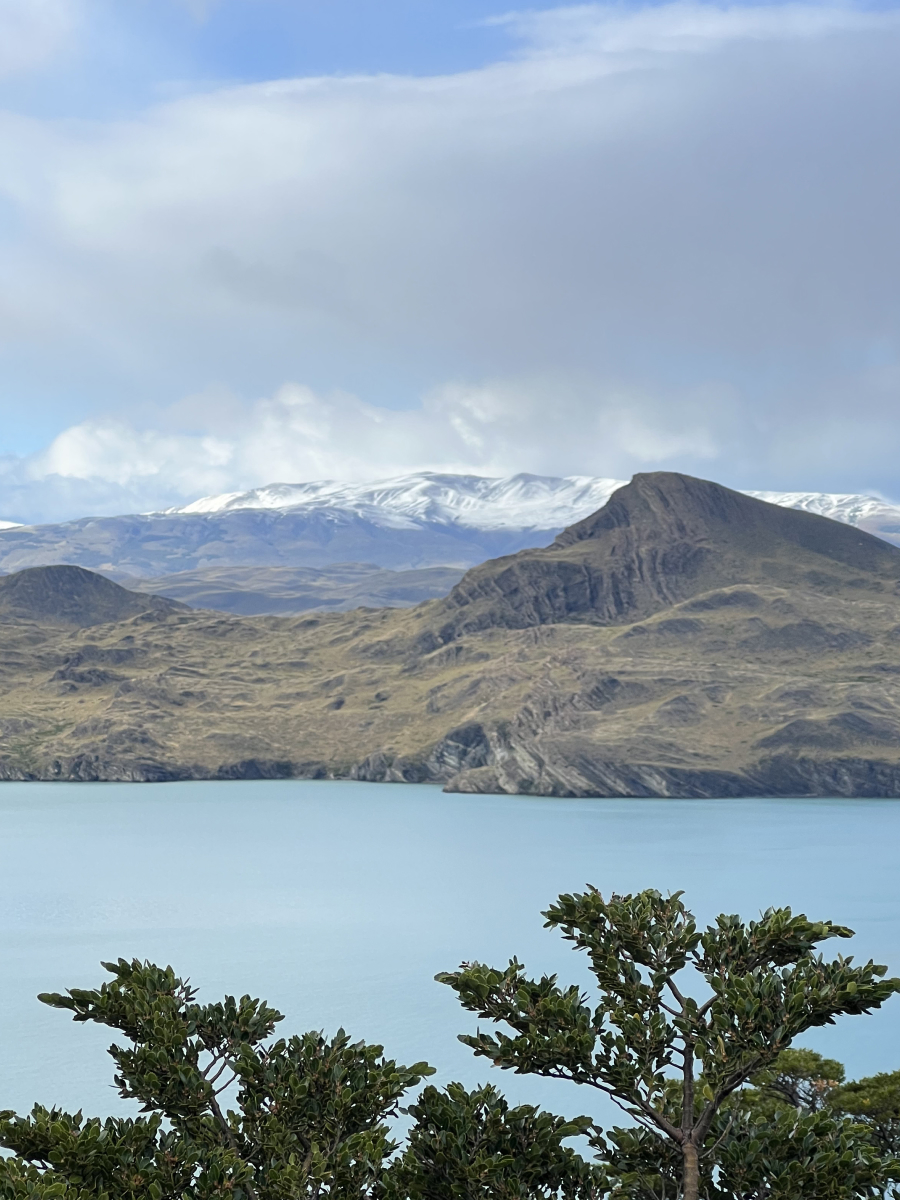Patagonia has two faces: Argentina’s dramatic peaks like Fitz Roy and Cerro Torre dominating the skyline, and Chile’s vast landscapes of granite towers, immense lakes, and sweeping valleys. Both are unforgettable, but most travelers don’t have endless time to see both. The inevitable question arises: Argentina vs Chile for Patagonia — which side should you choose?
I’ve been lucky enough to experience both within six months: trekking the legendary O-Trek in Torres del Paine, and basing myself in El Chaltén to explore Argentina’s trekking capital. People often ask me which side of Patagonia is better. The truth? They’re wildly different, and which one is “better” depends on the kind of adventure you’re after.
Quick Snapshot: Chile vs Argentina
| Chile (Torres del Paine) | Argentina (El Chaltén & El Calafate) | |
| Major hubs | Santiago → Punta Arenas → Puerto Natales | Buenos Aires → El Calafate → El Chaltén |
| Highlights | O-Trek & W-Trek, Grey Glacier, Torres del Paine | Mount Fitz Roy, Cerro Torre, Perito Moreno Glacier |
| Best for | Multi-day trekking, wilderness | Day hikes, culture, flexibility |
| Budget | $$$ (refugios are pricey, camping is cheaper) | $$ (apartments, hostals, groceries in town) |
| Vibe | Remote, logistical, immersive | Social, easy-going, lively trekking town |
The Chilean Side of Patagonia
Highlights
The O-Trek and W-Trek in Torres del Paine are bucket-list routes. Expect the granite spires of the Torres, sweeping valleys, immense glaciers, and turquoise lakes that seem to go on forever.
I spent a week here in March 2024 hiking the O-Trek. For two people, we paid about $630 for accommodation on the trek (mostly campsites, with one night in a dorm when sites were sold out). Park permits were $44 each, and we spent $40 on a hostal in Puerto Natales the night before starting. Getting there added another layer: return flights from Santiago to Punta Arenas were $176 each, plus buses — $20 per person from Punta Arenas to Puerto Natales, and $30 per person from Puerto Natales to the park.
Pros
- World-class trekking: Multi-day hike with constantly changing scenery.
- Wilderness feel: You’re far from towns and distractions.
- Bucket-list iconic: Torres del Paine is globally famous for a reason.
Cons
- Expensive: Refugios are about $100 per person per night, unless you camp ($11 pp).
- Logistical: You need to book in advance, sort buses, gear rental, and food in Puerto Natales.
- Weather extremes: Patagonia’s infamous winds are at their fiercest here.
For me, Torres del Paine was unforgettable because of its scale and remoteness. If you want to commit to a week-long wilderness experience, this is your side.
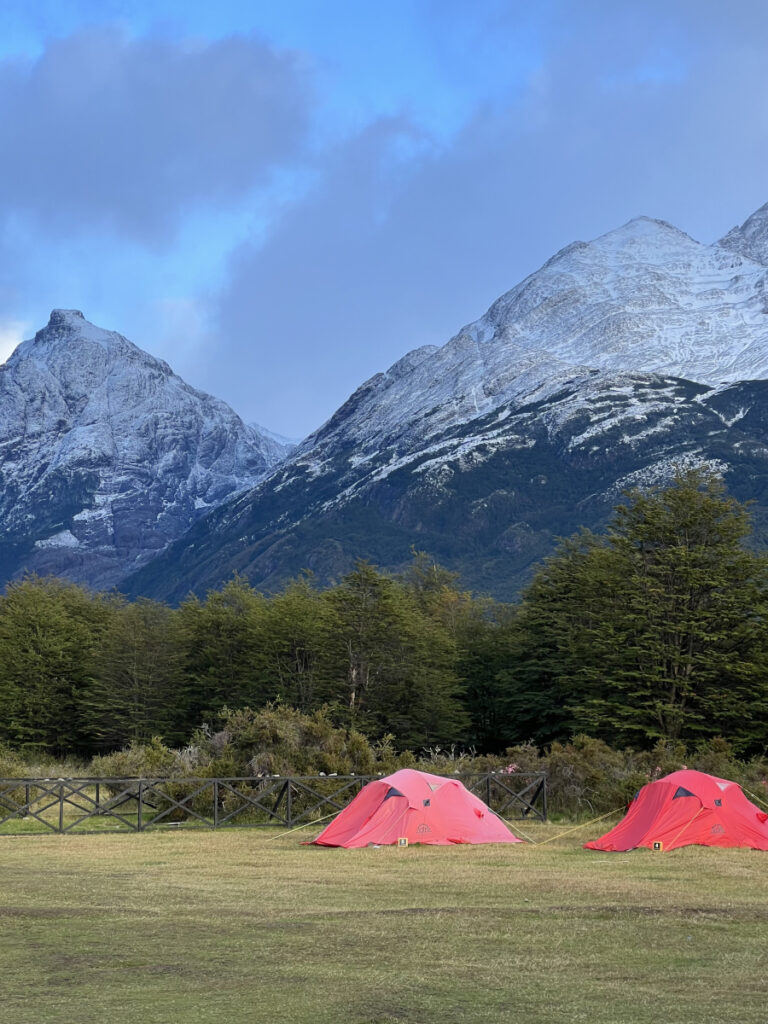
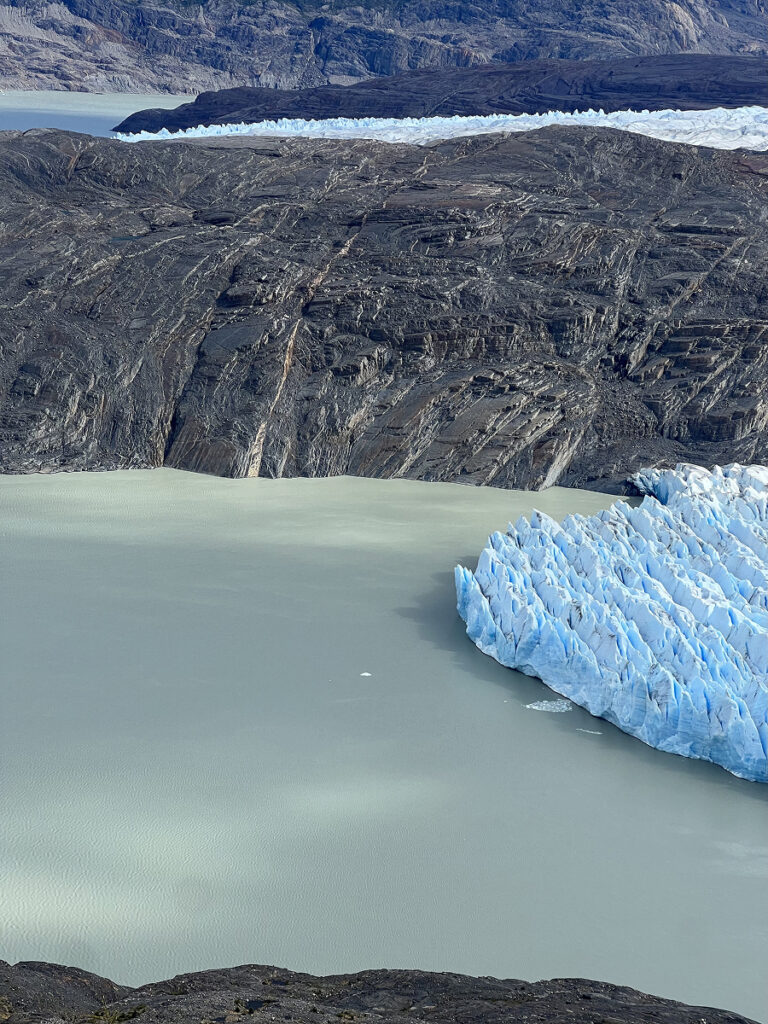
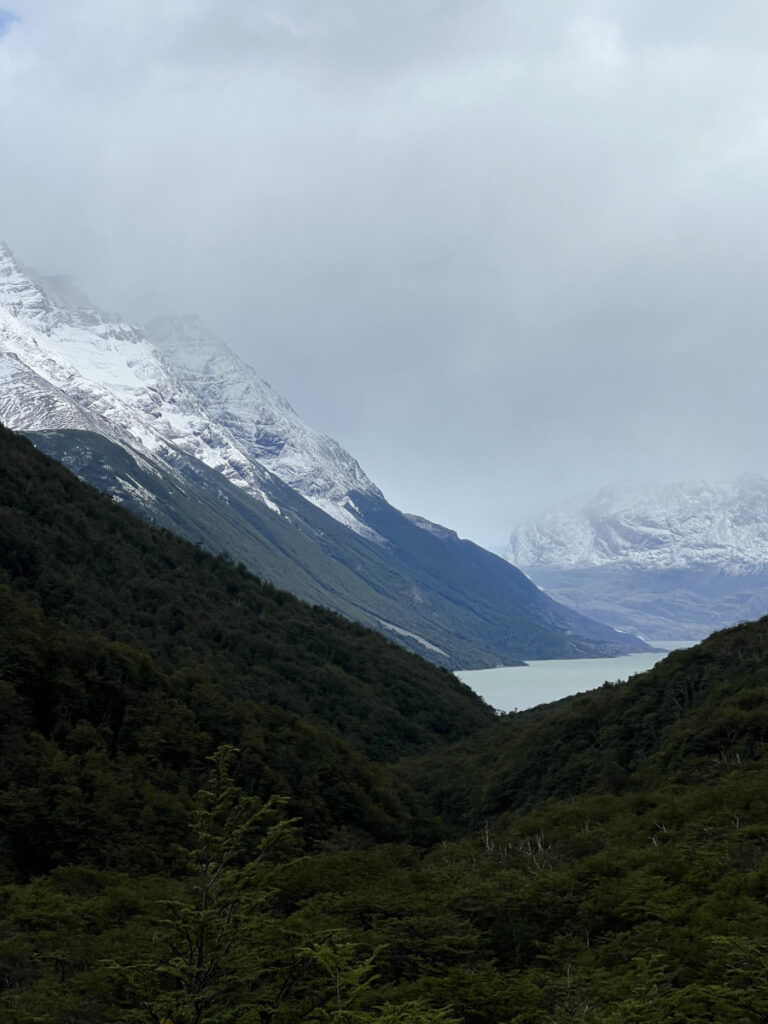
The Argentine Side of Patagonia
Highlights
El Chaltén is Argentina’s trekking capital, with day hikes leading straight from town. Trails like the Laguna de los Tres hike and Cerro Torre hike showcase Fitz Roy and its surrounding peaks. Just outside El Calafate, the Perito Moreno Glacier is a surreal wall of ice that groans and cracks as massive chunks fall into the water.
I based myself in El Chaltén for 10 days in October 2024. Our apartment in town cost $675, flights from Buenos Aires to El Calafate were $250 return, and the bus onward to El Chaltén was $50 return per person. Compared to Chile, it was easier and more flexible — I could pick up groceries, walk onto trails in the morning, and have dinner at a restaurant in the evening.
Pros
- Flexibility: Day hikes instead of committing to multi-day treks.
- Budget-friendly: Accommodation and food are cheaper than Chile.
- Town life: Restaurants, bars, and social vibe after a day on the trails.
Cons
- Less wilderness immersion: You’re never far from town.
- Weather: Just as unpredictable as Chile, but trails close to town make it easier to adjust plans.
If you want trekking without the pressure of committing to a week-long circuit, the Argentine side makes Patagonia accessible.
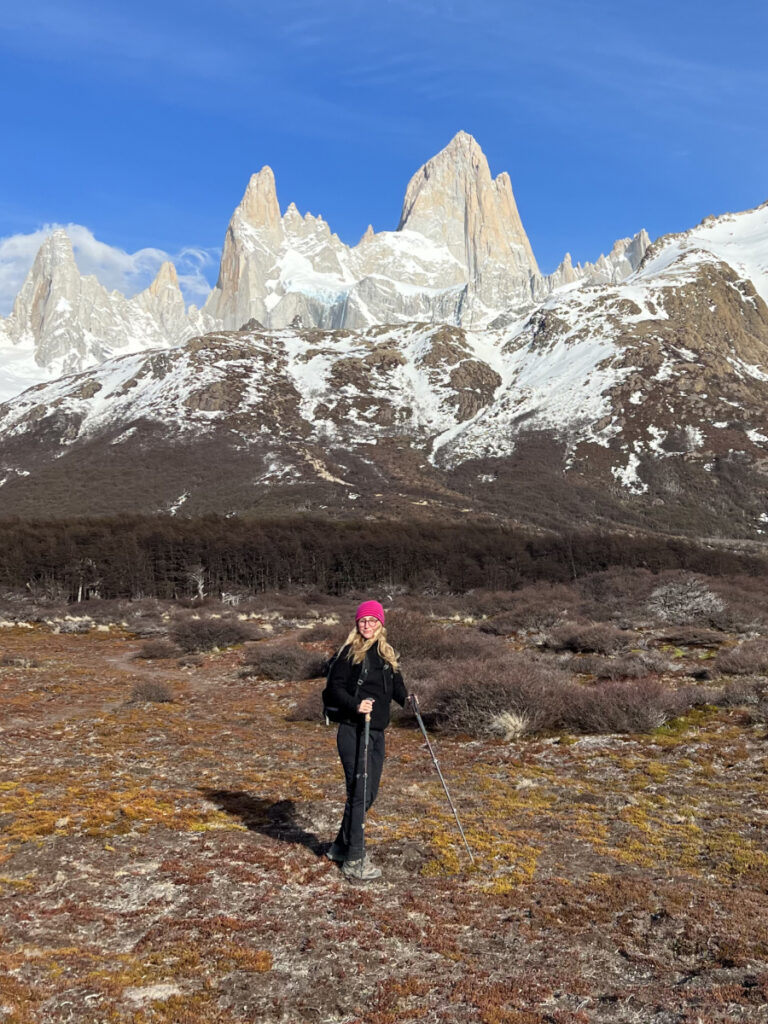
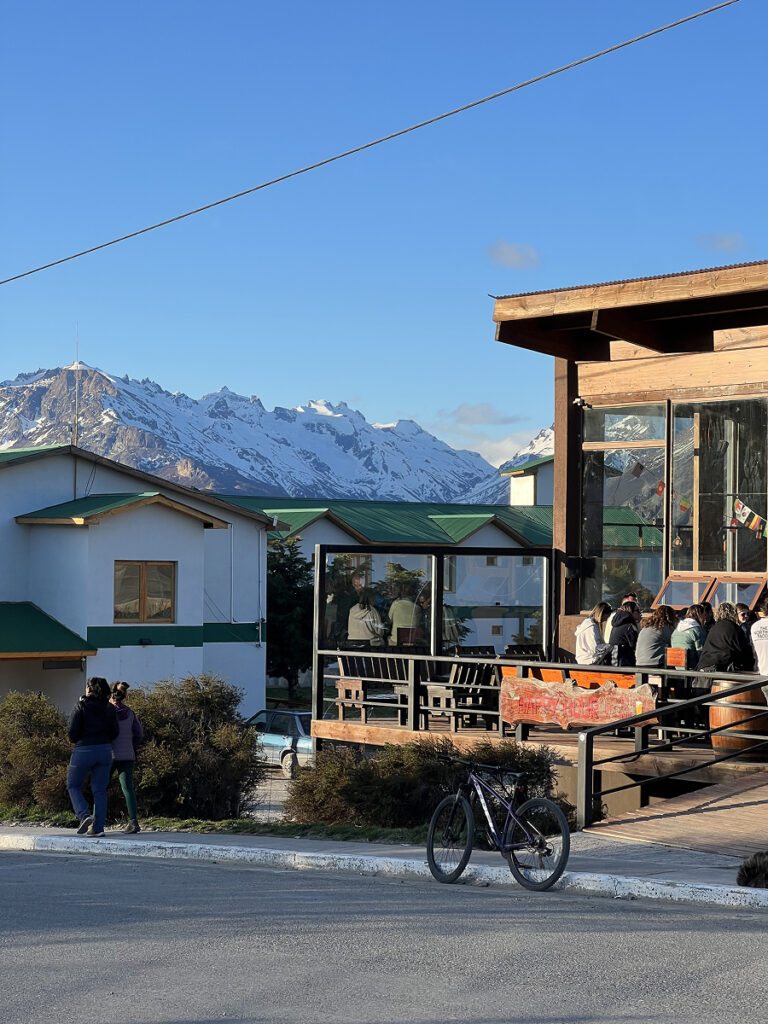

Torres del Paine vs El Chaltén
The classic comparison: Torres del Paine vs El Chaltén.
- Torres del Paine: Best if you dream of multi-day wilderness trekking, camping under jagged peaks, and immersing yourself completely.
- El Chaltén: Best if you prefer flexibility, day hikes, and having a town to return to at night.
I personally loved Chile just a touch more — the O-Trek gave me a rare sense of being completely out in the wild. But El Chaltén felt fun, social, and refreshingly easy.
Practical Considerations
Costs
- Chile: Expensive if you stay in refugios, more affordable if you camp.
- Argentina: Apartments and hostals are cheaper, and groceries/restaurants are available in town.
Logistics
- Chile: Multiple buses (Punta Arenas → Puerto Natales → park), plus booking permits and refugios months ahead.
- Argentina: Simple — fly to El Calafate, bus to El Chaltén, walk straight onto trails.
Time
- Chile: O-Trek requires 7–10 days; W-Trek 4–5 days.
- Argentina: Can do iconic hikes in a few days, or stay longer and try them all.
Which Side of Patagonia Is Better?
So, Argentina vs Chile for Patagonia — how do you decide?
- Choose Chile if… you want dramatic wilderness, iconic multi-day treks, and don’t mind logistics.
- Choose Argentina if… you want flexibility, culture, and budget-friendlier hikes.
- Do both if… you have two to three weeks — it’s possible to combine El Chaltén with Torres del Paine on one trip.
For me? Chile edges out Argentina for its wilderness factor, but El Chaltén is unbeatable for sheer hiking convenience.
Conclusion
Patagonia is one region, but two very different experiences. Chile’s Torres del Paine is rugged, logistical, and profoundly wild. Argentina’s El Chaltén is approachable, social, and endlessly scenic. Which side of Patagonia is better? The honest answer: it depends on your style. The good news: there’s no wrong answer. Patagonia will always leave you breathless — whichever side you pick.

